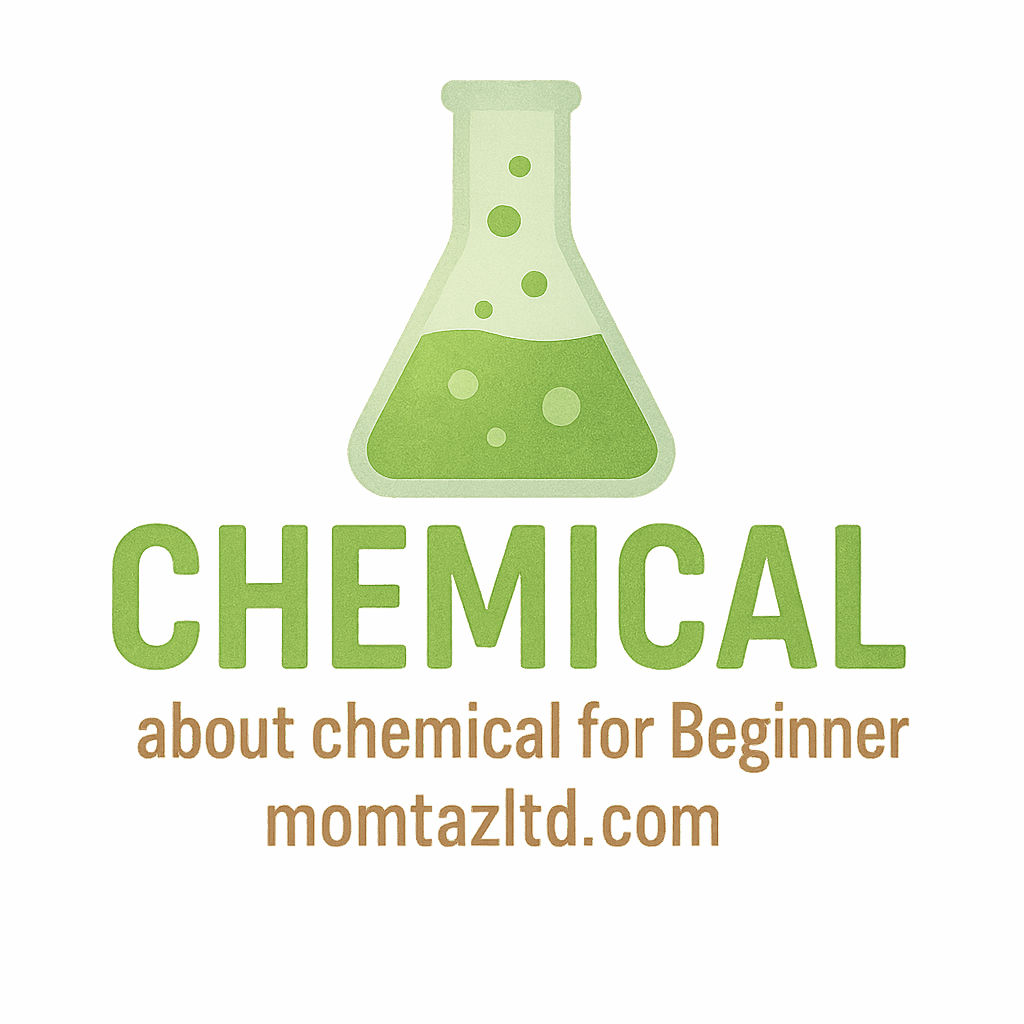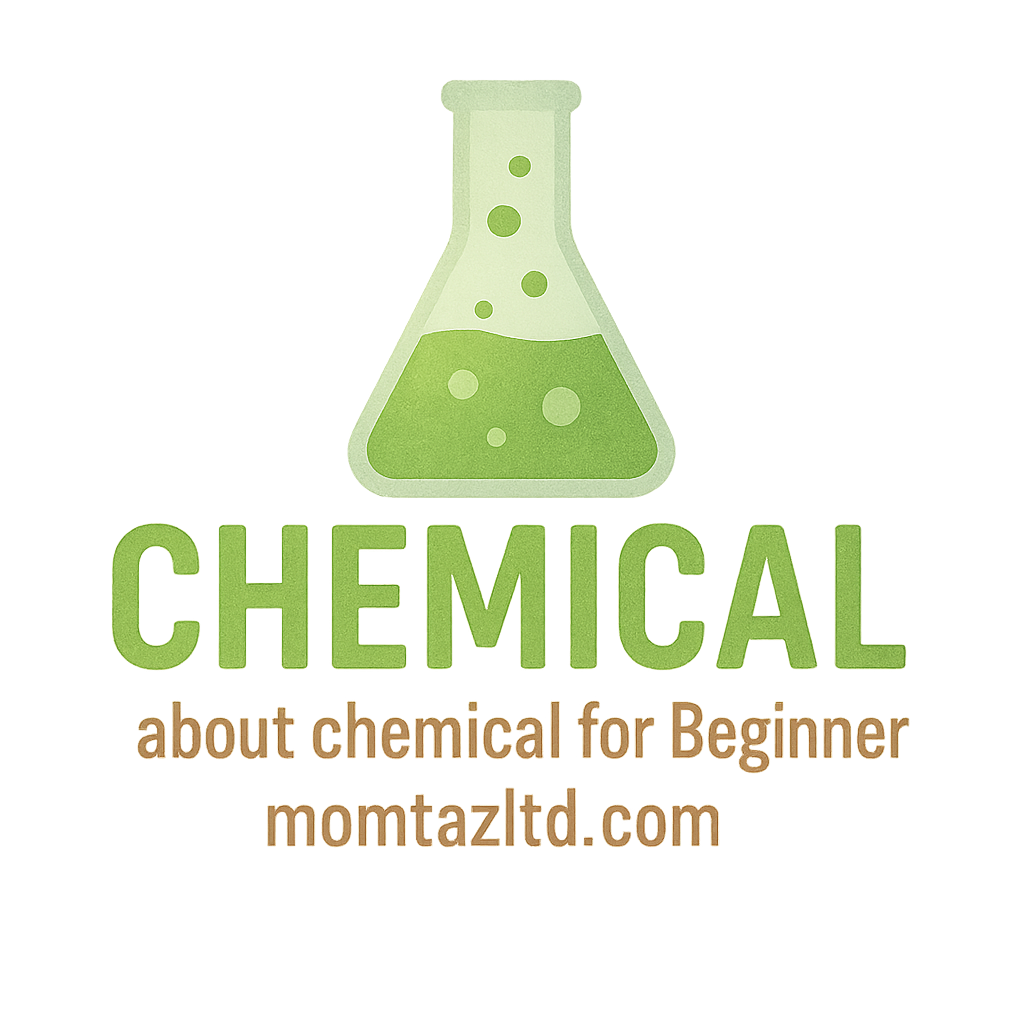Introduction to Everyday Chemistry
Have you ever wondered why soap cleans your hands, why iron rusts, or why bread rises in the oven? These are not just random happenings — they’re perfect examples of chemistry in action. For beginners, chemistry might seem like a tough subject filled with complex formulas and lab experiments. But in reality, you already interact with chemistry every single day.
Understanding everyday examples of chemical for beginner opens your eyes to how the world works. From the air you breathe to the food you eat, chemicals shape every moment of life.
Why Beginner Chemistry Matters in Daily Life
Building Curiosity Through Simple Examples
Beginner chemistry is all about connecting theory to things you see every day. When you learn why your soda fizzes or how soap removes grease, suddenly chemistry doesn’t feel like a textbook subject—it feels alive.
The Link Between Theory and Practice
Every reaction has a story. By noticing small chemical changes at home, you start building a foundation for more advanced learning. Whether you’re curious about household chemicals or fascinated by laboratory chemicals, the basics start right where you are.
Example 1: Soap and Detergent Reactions
The Chemistry Behind Cleaning
When you wash your hands or scrub dirty dishes, you’re performing a chemical reaction. Soap and detergents contain surfactants, molecules with a water-loving head and an oil-loving tail. This allows them to grab onto grease and dirt, breaking them down into smaller droplets that rinse away easily.
Surfactants at Work
Think of surfactants as tiny double agents—one part loves water, the other clings to grease. When you rinse, the grease gets trapped and flushed out.
Everyday Use of Household Chemicals
Cleaning agents are prime examples of everyday household chemicals. Knowing their chemical basis also helps us store them safely, avoiding harmful chemical accidents.
Example 2: Baking and Cooking Transformations
Baking Soda and Vinegar Reaction
If you’ve ever made a volcano science project, you know this one! Baking soda (sodium bicarbonate) reacts with vinegar (acetic acid) to release carbon dioxide gas, creating bubbles and fizz. It’s the same reaction that helps baked goods rise.
Heat-Induced Chemical Reactions in Food
Cooking itself is full of reactions. The browning of bread (Maillard reaction) or caramelizing sugar is a dance of heat and molecules. It’s chemistry that makes your meals flavorful.
For more beginner insights, check out chemical basics and see how cooking is a tasty experiment.
Example 3: Rusting of Iron Objects
Oxidation in Action
Leave a bicycle outside in the rain, and soon enough, it starts to rust. This happens because iron reacts with oxygen and water to form iron oxide. It’s slow but powerful chemistry at work.
Preventing Rust with Chemical Knowledge
By applying paint or using stainless steel, we prevent oxygen and moisture from reacting with iron. This is everyday chemistry protecting your tools, vehicles, and even buildings.
Learn more about industrial chemicals that help keep structures durable.
Example 4: Photosynthesis in Plants
Sunlight to Energy Conversion
Plants are master chemists. They use sunlight to convert carbon dioxide and water into glucose and oxygen. This process, called photosynthesis, is one of the most important chemical reactions for life on Earth.
Why Beginner Chemistry Explains Nature
Without chemistry, it would be hard to explain why plants grow or how ecosystems survive. Beginner-friendly lessons like these connect directly to inspiration for learning more.

Example 5: Breathing and Respiration
Oxygen and Carbon Dioxide Exchange
Every breath you take is a chemical exchange. Your lungs absorb oxygen and release carbon dioxide as waste. This chemical swap fuels your cells and keeps your body alive.
The Chemical Basis of Human Survival
Respiration is a constant reminder that chemistry is not just in labs—it’s in your very body. Curious learners often start exploring this through beginner chemistry resources.
Example 6: Combustion of Fuels
How Fire Works Chemically
When wood or gas burns, it reacts with oxygen in a process called combustion, releasing heat and light. That’s why you can cook, stay warm, and even generate power.
Applications in Everyday Life
From your kitchen stove to car engines, combustion powers the modern world. Still, it’s crucial to understand chemical safety to prevent accidents.
Example 7: Fermentation in Foods and Drinks
Yeast and Sugar Interaction
Fermentation is a chemical reaction where yeast breaks down sugar into alcohol and carbon dioxide. That’s how bread rises and how beer or wine is made.
From Bread to Beverages
Fermentation has been around for thousands of years. It’s chemistry that not only feeds us but also preserves food. Beginners can try simple lab experiments to witness fermentation firsthand.
The Role of Chemical Safety in Everyday Examples
Storing Household Chemicals Properly
Whether it’s detergent, bleach, or vinegar, safe chemical storage is vital. Beginners learning about chemistry must also learn safety from day one.
Learning from Chemical Accidents
Mistakes happen, but they teach valuable lessons. Reading about past chemical accidents helps beginners avoid repeating them.
Beginner-Friendly Tips to Learn Chemistry in Action
Try Simple Lab Experiments at Home
You don’t need a high-tech lab. Start with vinegar and baking soda, or explore safe practice chemistry activities at home.
Follow Guidance from Chemical Scientists
Many chemical scientists share beginner-friendly resources. Learning from experts accelerates your journey from beginner to confident learner.
Career Paths from Everyday Chemistry Curiosity
From Beginner to Professional in Chemical Careers
The curiosity you build from these examples can grow into a profession. Fields in chemical careers range from teaching to industrial research.
Inspiration from Experts in the Field
Chemistry isn’t just about reactions—it’s about people pushing boundaries. Following learn-from-experts journeys can inspire beginners to pursue big dreams.
Conclusion
Chemistry surrounds you every day, whether you notice it or not. From soap bubbles to the air you breathe, these 7 everyday examples of chemical for beginner in action show that science is alive in your kitchen, garden, and even your own body.
By understanding these basics, you’re not just memorizing facts—you’re seeing the hidden patterns of life itself. And who knows? That small spark of curiosity might lead you to new experiments, exciting careers, or simply a deeper appreciation for the world.
FAQs
Q1: What is the easiest chemical reaction for beginners to try at home?
The baking soda and vinegar reaction is the simplest and safest example.
Q2: How does soap clean our hands chemically?
Soap contains surfactants that break down grease and dirt, making it easier to wash away.
Q3: Why is rusting considered a chemical reaction?
Because iron reacts with oxygen and water, forming a new substance—iron oxide (rust).
Q4: Is photosynthesis really a chemical reaction?
Yes, it’s one of the most important chemical reactions, turning sunlight, water, and carbon dioxide into glucose and oxygen.
Q5: Can everyday chemistry examples help me in school?
Absolutely. Relating chemistry lessons to daily life makes learning easier and more fun.
Q6: What role does fermentation play in daily life?
Fermentation helps make bread, cheese, yogurt, wine, and many other everyday foods.
Q7: Where can I learn more about beginner-friendly chemistry?
You can explore resources like MOMTAZ LTD and its sections on learn chemistry, industrial learning, and home tips.


